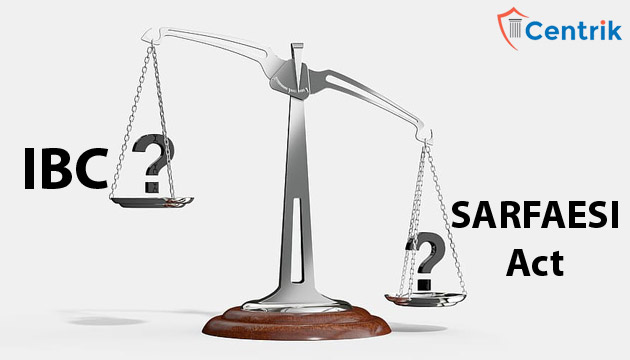
Status as on- 01/07/2021
Introduction
Since the Insolvency and Bankruptcy Code, 2016 (IBC) came into effect on May 28, 2016, the Adjudicating Authorities have affirmed the IBC’s goals through a series of judgments and further proved its prevalence over the other laws of land. The case of Indian Overseas Bank vs RCM Infrastructure Ltd. and Ors. [Company Appeal (AT) (Insolvency) No. 736 of 202 on March 26, 2021] is one such example.
Background of the case:
Ravi Crane and Movers Ltd (“RCM Ltd”/Corporate Debtor) obtained credit from Indian Overseas Bank (“IOB”/Financial Creditor). However, RCM failed to repay its debts to IOB and was categorised as a non-performing asset (NPA) by the RBI in June 2016. In January 2018, IOB submitted a demand notice to RCM under the SARFAESI Act, 2002, requesting that the debt be repaid. Despite the notice, RCM did not pay the debt. As a result, IOB took ownership of two assets that RCM had submitted as collateral for the loan. Following that, IOB issued two e-auction notices to auction the assets. In November 2018, IOB was successful in obtaining an offer for a total of Rs. 32.92 crores for both secured assets in its second effort. IOB accepted the auction/bid, and the bidders deposited 25% of the total bid amount in December 2018. The remaining 75% of the total bid sum was to be deposited within 15 days. Meanwhile, RCM filed a petition under the Insolvency and Bankruptcy Code (IBC).
In the third week of January 2019, IOB submitted its claim for about Rs 79 crores. After NCLT declared a moratorium, bidders paid the rest of 75% of the total offer value to IOB in March 2019. Following that, IOB filed a revised claim under IBC against RCM for Rs. 46 crores. RCM petitioned the Adjudicating Authority to set aside the proceeds from IOB’s sale of its security. IOB’s sale was set aside by the adjudicating body. IOB has filed an appeal with the NCLAT, expressing its dissatisfaction with the order.
NCLAT
The NCLAT decided that the RP shall be in charge of the Corporate Debtor’s affairs. It is the RP’s job to safeguard and maintain the Corporate Debtor’s assets. The NCLAT recognised that the RP shall represent and act on behalf of the Corporate Debtor, thereby exercising the right for the benefit of the Corporate Debtor; however, this does not preclude the aggrieved party, that is the former Managing Director of the Corporate Debtor, from filing an application before the Adjudicating Authority under section 60(5) of the IBC. It was observed that the sale was not completed on the start date of CIRP since the total sale price had not been paid. It is important to note that simply obtaining 25% of the total sale funds prior to the application of the moratorium does not imply that the sale has been completed. The court also relied on the fact that the appellant filed its whole claim with the RP after the CIRP had begun. As a result, the deal was ‘explicitly’ reaffirmed as uncompleted.
The NCLAT stressed the relevance of a moratorium under Section 14 of the IBC, which is required to protect the Corporate Debtor’s interests. Because the major goal of the IBC is to maximise the value of assets, the moratorium helps to protect the Corporate Debtor’s assets. As a result, upon the establishment of a moratorium, no procedure or auction shall be continued or commenced against the Corporate Debtor, rendering the receipt of the balance sale consideration of 75% of the bid amount invalid. The NCLAT emphasised the primacy of the IBC above other laws, including the SARFESI Act, and thus found that the sale of the Corporate Debtor’s assets during the moratorium is contrary to the spirit of Section 14 of the IBC.
Conclusion
The Adjudicating Authority has once again underlined the superiority of the IBC above the SARFAESI Act, emphasising that the IBC is a comprehensive Code in and of itself. Section 238 of the IBC supersedes all other laws. The reasoning of Section 14 of the IBC, which prohibits the institution or continuation of pending litigation or processes against a corporate debtor, remains intact, maximising the value of a corporate debtor’s assets and applying the legislation in letter and spirit.
Disclaimer – The above article is based on the personal interpretation of the related orders and laws. The readers are expected to take expert opinion before relying upon the article. For more information, please contact us at rera@centrik.in




 join For Updates
join For Updates